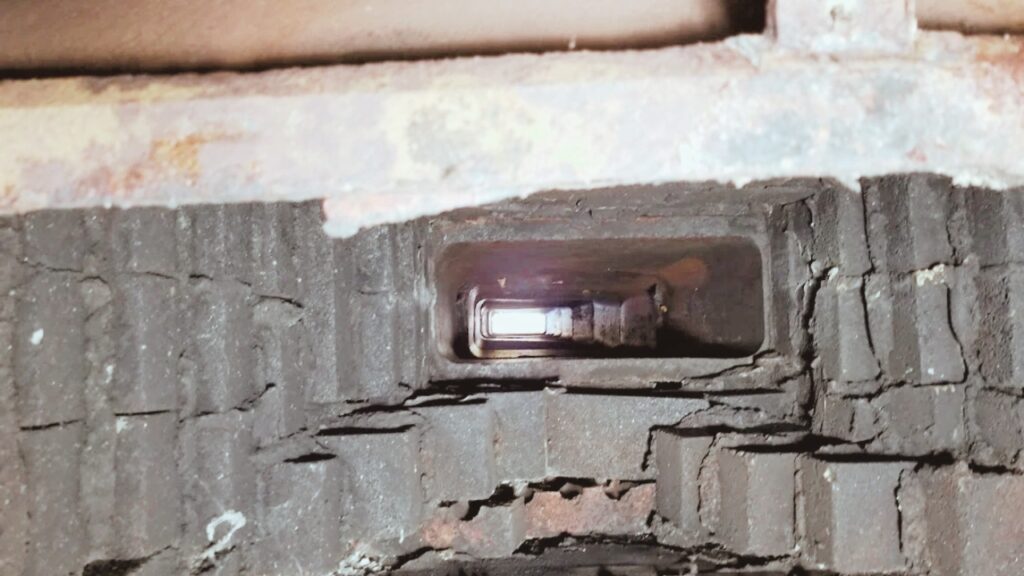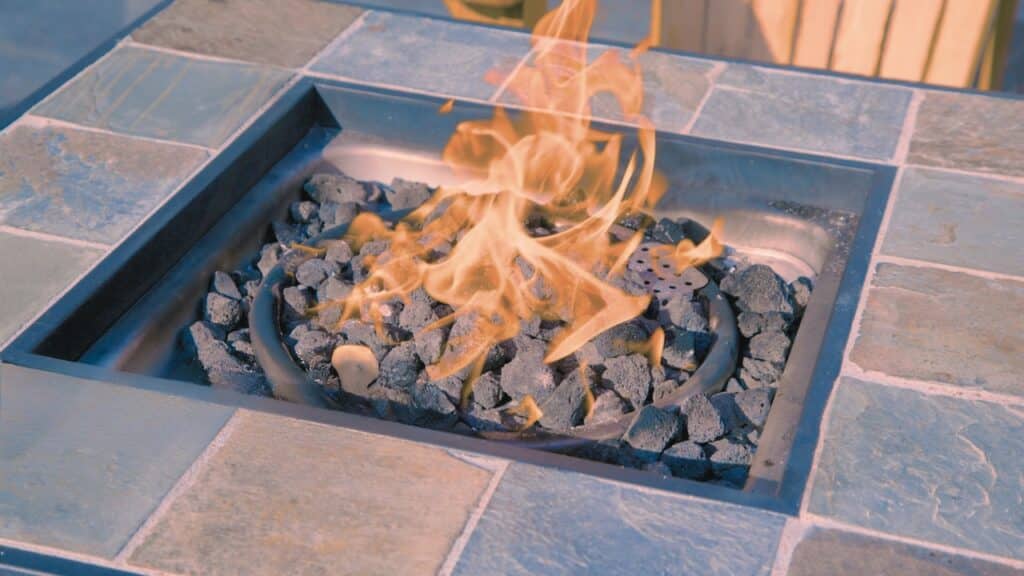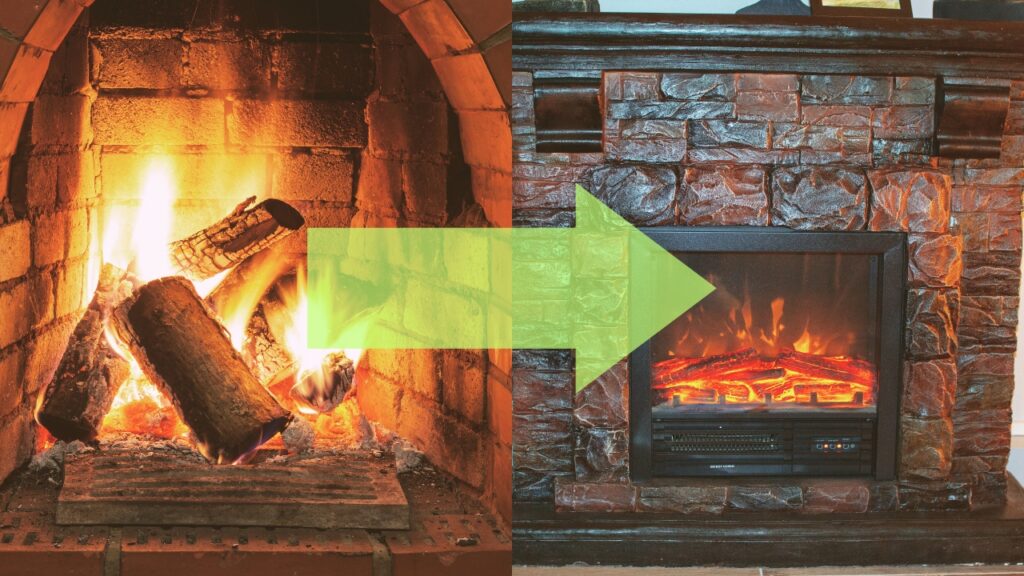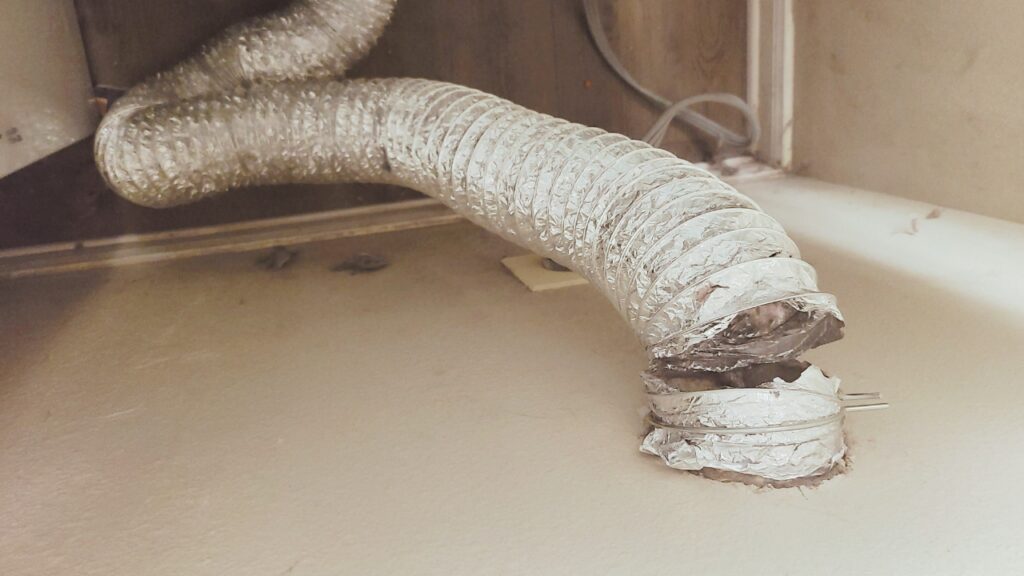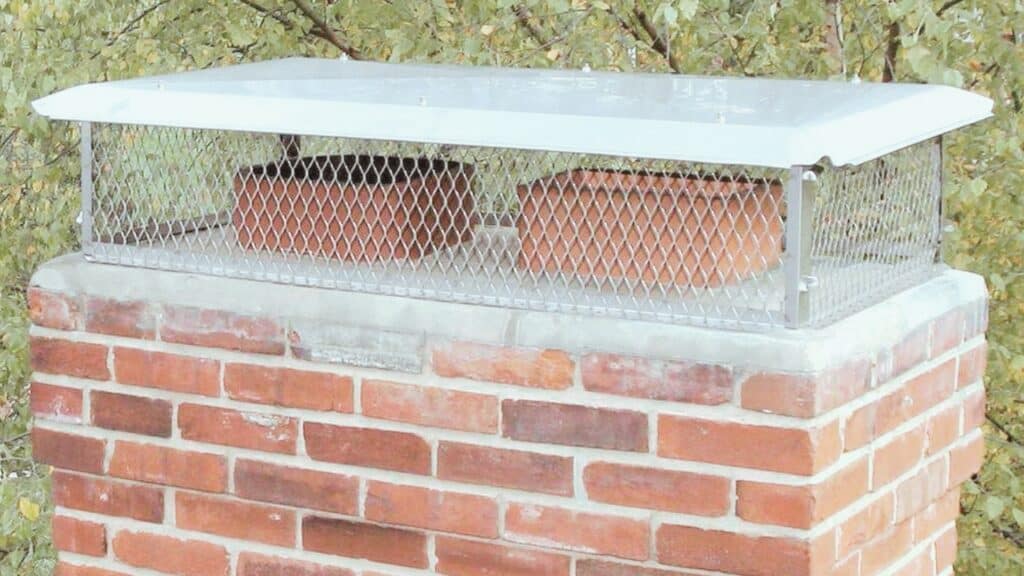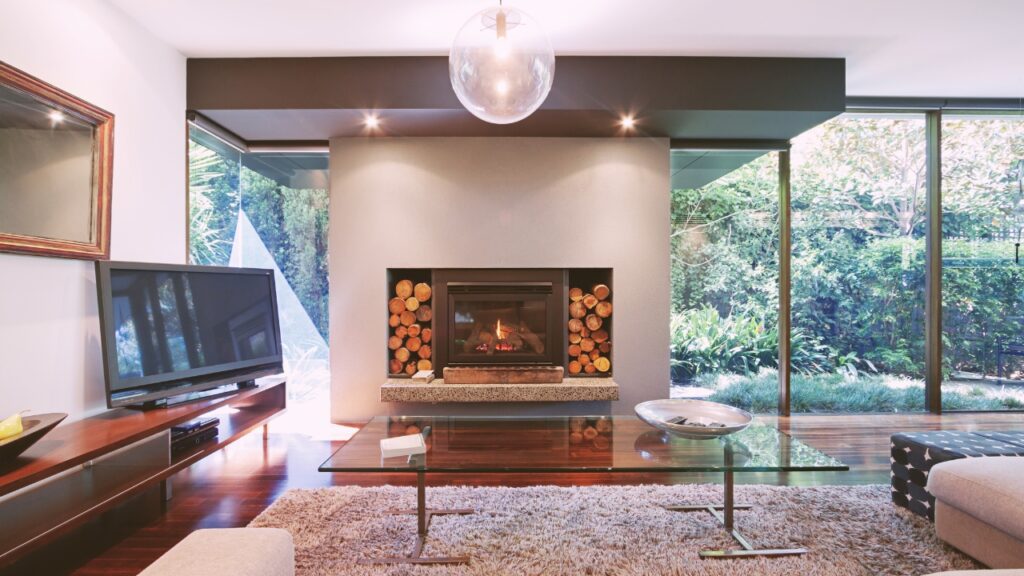Burning wood is one of the best options if you are looking for a supplementary and cost-effective way to heat your home. And although more choices have emerged, pellet stoves and wood stoves have cemented their places as the top options.
Selecting the right stove between the two is crucial as it directly impacts your home’s comfort, energy efficiency, and environmental footprint. Both pellet and wood stoves have unique advantages and considerations, but understanding their differences allows you to select the stove that best aligns with your priorities and requirements.
This guide will provide an impartial comparison of pellet stove vs wood stove and a comprehensive understanding of the two options. With this knowledge, you can make an informed decision that suits your heating requirements, budget, and lifestyle.
Without further ado, let’s dive in!
Pellet Stoves vs Wood Stoves Comparison
Although both options are popular for home heating, they operate on different principles and offer unique benefits. Below is an in-depth comparison between the pellet stove vs wood stove, highlighting their key differences.
1. Durability & Longevity
Wood stoves are generally more durable than pellet stoves in terms of durability and longevity. They’re constructed using heavy-duty materials, like cast iron or steel. As a result, they can withstand the high temperatures generated by burning firewood without warping or deteriorating over time.
The average lifespan of wood stoves is between 20 to 25 years under normal usage conditions. However, pellet stoves have a lifespan of around 15 to 20 years under the same conditions.
Wood stoves also have the upper hand in withstanding wear and tear over the years. Their solid construction makes them more resilient to their environment, and they can withstand the physical demands of regular use.
Conversely, while durable in their own right, pellet stoves have electrical parts such as motors, fans, and switches that may be prone to wear out over time. These components may require repair or replacement, which can impact the overall longevity of the pellet stove.
And as an added point of convenience, remember that wood-burning stoves don’t require electricity to run. If you ever have a power outage during a harsh winter, you will still have heat with a wood stove, but perhaps not with a pellet stove.
——
Do You Need to Hire Chimney & Fireplace Expert?
Get free quotes from qualified experts near you. No commitment required!
——
2. Cost
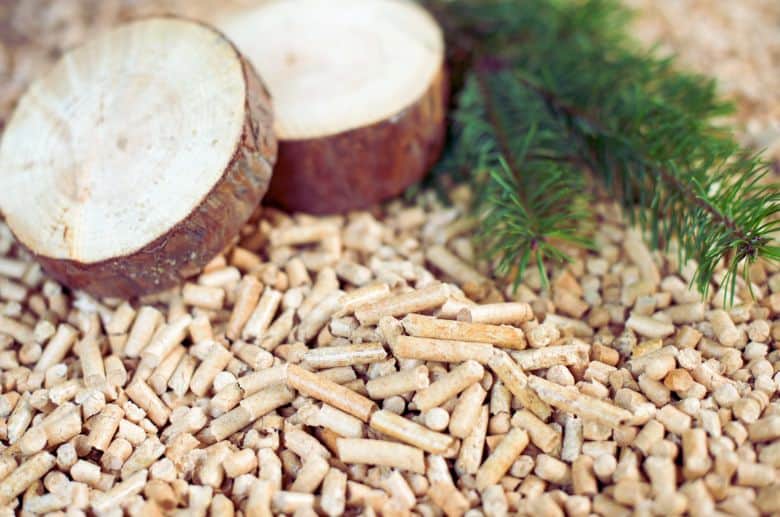
On average, wood stoves have a higher upfront cost, ranging from $3,500 to $4,500. However, this cost can increase to around $5,500 or more in homes without a pre-existing chimney due to the additional installation requirements.
On the other hand, pellet stoves have a lower upfront cost, typically ranging from $1,700 to $3,000, with installation costs totaling around $3,500 to $4,200.
Additionally, pellet stoves can be more cost-effective to install in homes without a pre-existing chimney, as they can be ventilated through a small hole in the wall rather than requiring a full chimney installation.
In regards to operational expenses, wood stoves generally have a lower cost. You can expect to use 6 to 7.5 tons of wood for a season, with seasoned firewood costing around $180 per ton and approximately $1,080 to $1,350 per heating season.
Pellet stoves consume around 7.5 to 8 tons of pellets per season, with pellet prices averaging $190 per ton. This results in operational costs of around $1,425 to $1,520 per season.
Overall, wood stoves are more cost-effective in terms of operational expenses, and you can expect to save approximately $175 to $345 per year with the above figures. However, this number may vary depending on local fuel prices, stove efficiency, and individual usage patterns.
3. Heat Output and Efficiency
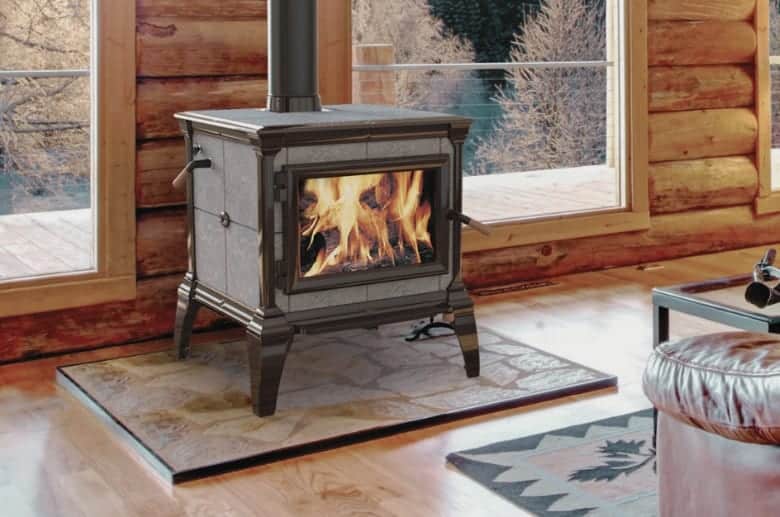
Both pellet and wood stoves are known for their high efficiency in converting fuel into heat. However, pellet stoves have a slightly higher efficiency range of 70% to 83% compared to wood stoves, which range from 70% to 80%.
Pellet stoves, especially those that are EPA certified, have this slight edge due to advanced combustion technology and automated control systems. These systems help optimize the combustion process and ensure more efficient utilization of the pellet fuel.
Wood stoves generally have a wider range than pellet stoves when it comes to heat output. These stoves produce heat outputs ranging from 25,000 to 80,000 BTUs, which allows more flexibility in adjusting the heat level to suit different heating requirements and room sizes.
Alternatively, pellet stoves typically have a heat output range of 8,000 to 90,000 BTUs. The heat output in pellet stoves is regulated by adjusting the feed rate of pellets and controlling the combustion process, providing consistent and controllable heat output.
4. Maintenance
Pellet stoves are generally easier to maintain than wood stoves. This is because they have specific maintenance requirements, which include a regular burn pot, ash pan, heat exchanger, and chimney cleaning to ensure optimal performance.
This is unlike wood stoves, which require more extensive maintenance, like regular cleaning of the chimney or flue (to remove creosote buildup), firebox, baffle, and air vents to ensure proper airflow and combustion.
Pellet stoves also edge wood stoves in daily operations since they offer automated controls and electronic ignition systems. This makes starting and maintaining the fire easier and more convenient.
Wood stoves require manual fire ignition, damper opening, and airflow adjustments to control the heat output. In addition, pellet stoves have a hopper that automatically feeds the pellets, providing a consistent fuel supply. This is contrary to wood stoves, which require manual loading of wood logs as needed.
Nevertheless, pellets can have higher maintenance costs compared to wood. This is mainly due to the potential for recurring mechanical issues in pellet stoves, such as motor or auger problems. Furthermore, finding skilled technicians for pellet stove repairs can take time and effort, resulting in higher service costs.
——
Do You Need to Hire Chimney & Fireplace Expert?
Get free quotes from qualified experts near you. No commitment required!
——
5. Setup & Installation
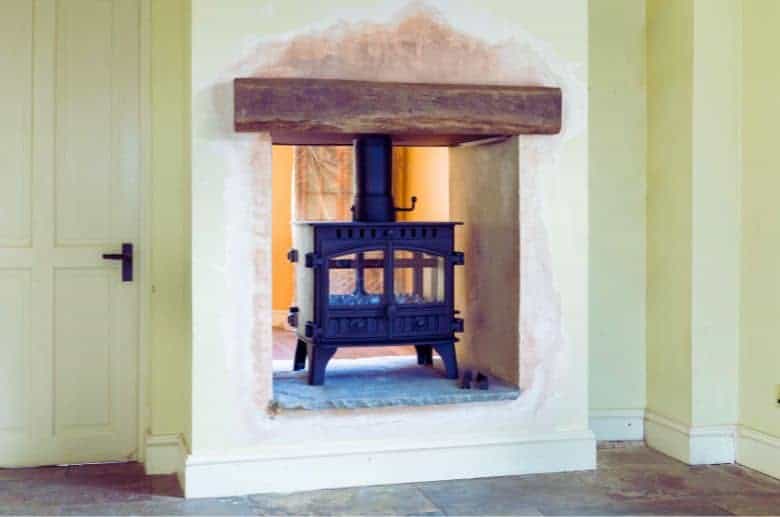
Wood stoves require proper positioning and placement in strategic locations, often requiring the installation of a chimney or flue system for venting the smoke. This chimney installation can involve additional complexities, especially in homes without an existing chimney.
However, you can vent pellet stoves through a wall or roof, allowing for easier and more adaptable placement within your home. This feature makes pellet stoves suitable for homes without pre-existing chimneys and provides more flexibility in their placement.
Regarding clearance and space requirements, wood stoves typically need a clearance of around 36 inches (or more) from combustible materials such as walls, furniture, or flooring. This clearance is necessary to ensure proper heat dissipation and reduce the risk of fire hazards.
When it comes to pellet stoves, they typically require a smaller clearance of around 18 inches from combustible materials due to their lower surface temperatures.
Moreover, local regulations and restrictions can vary, and there may be instances where certain areas have restrictions or regulations favoring one type of stove over the other. For example, some regions may have stricter regulations on wood burning due to air quality concerns or local environmental regulations.
These restrictions may limit the installation or use of wood stoves in certain areas. Ensure you check with your local authorities, building codes, and regulations for compliance before installation.
6. Environmental Impact
Both stoves release carbon monoxide (CO) and other byproducts into the atmosphere. However, wood stoves typically produce higher carbon monoxide levels than pellet stoves.
This is primarily due to the incomplete combustion of wood, especially if low-quality unseasoned wood or improper burning techniques are used. Wood stoves emit particulate matter, such as smoke and soot, which can contribute to air pollution and adversely affect air quality.
Pellet stoves, particularly those that are EPA certified, are designed for more efficient combustion and lower emissions. The pellets used in the stoves are manufactured from compressed sawdust and other wood residues, resulting in a more uniform and consistent fuel source.
Compared to traditional wood burning, this allows for better combustion and reduced carbon monoxide and particulate matter emissions.
If you are concerned about air quality and emissions, you may lean towards pellet stoves due to their lower emissions profile. Pellet stoves can also be attractive if you prioritize sustainability and renewable energy sources, as the pellets are made from wood byproducts and do not contribute to deforestation.
7. Aesthetics & Experience
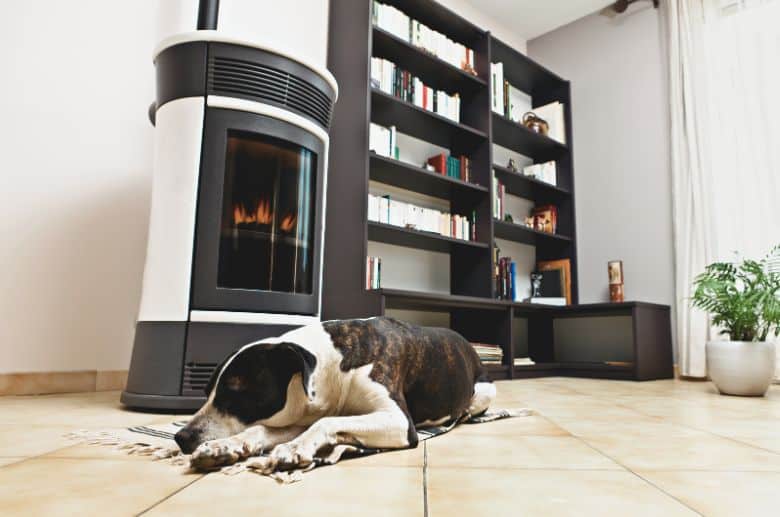
Wood stoves are often considered more aesthetically pleasing due to their traditional and rustic charm. They create a warm and cozy atmosphere, with the mesmerizing sight of flames dancing behind the glass door.
The crackling sound and distinct smell of burning wood also add an element of nostalgia and natural appeal, evoking a sense of comfort and relaxation.
On the contrary, pellet stoves provide a more controlled and predictable experience. They offer a cleaner and more efficient combustion process, resulting in less visible smoke and minimal ash residue.
Pellet stoves also have automated features, such as programmable thermostats and automatic pellet feeders, providing convenience and ease of use.
8. Safety
When considering safety, pellet and wood stoves have unique points. One key safety issue is the risk of fire hazards. Both stoves generate intense heat, and proper installation and maintenance are crucial to minimize the risk of fires.
However, wood stoves have a higher risk of chimney fires due to high levels of creosote buildup. Pellet stoves, on the other hand, produce less creosote, making them generally considered safer in terms of reducing the risk of chimney fires.
Another safety concern is carbon monoxide poisoning. Although both stoves emit carbon monoxide, wood stoves produce high levels of CO due to incomplete combustion of the wood.
Pellet stoves have a slight advantage on carbon monoxide poisoning as they are designed for more efficient combustion, resulting in lower CO emissions.
——
Do You Need to Hire Chimney & Fireplace Expert?
Get free quotes from qualified experts near you. No commitment required!
——
9. Resale Value
When considering the resale value of a house, the type of stove installed can impact the appeal to potential buyers. Wood stoves are often more desirable and may add more value to your property than pellet stoves.
They have a charm that appeals to many buyers since they can create a cozy and inviting atmosphere in a home. The idea of a crackling sound, dancing flames, and the smell of burning wood also contribute to your home’s overall home experience and ambiance, making it a top pick.
However, it’s essential to note that the specific preferences of potential buyers can vary. The energy efficiency and heating capabilities will also play a role in determining the value it adds to the property.
Consider the target market’s preferences and seek professional advice from real estate experts when deciding which type of stove to install for potential resale value.
The table below provides a quick summary of the pellet stove vs wood stove debate.
| Factors | Pellet Stove | Wood Stove |
| Durability & Longevity | 15-20 years | 20- 25 years |
| Cost | About $1,700 to $3,000 in installation costs and around $3,500 to $4,200 in operational costs. | About $3,500 to $4,500 installation costs and around $5,500 operational costs. |
| Heat Output & Efficiency | Efficiency: 70% to 83%Heat output: 8,000 to 90,000 BTUs | Efficiency: 70% to 80%Heat output: 25,000 to 80,000 BTUs |
| Maintenance | More effort to maintain | Generally easy to maintain |
| Setup & Installation | Relatively easy and simple installation | Complex installation |
| Environmental Impact | Eco-friendly | Less eco-friendly |
| Aesthetics & Experience | Aesthetically appealing | More aesthetically appealing |
| Safety | Safer | Less safe |
| Resale Value | Generally lower resale value | Generally higher resale value |
Pellet Stove vs Wood Stove: The Winner
Overall, pellet stoves offer convenience, efficiency, and cleaner operation, while wood stoves provide a traditional and rustic ambiance. Nevertheless, wood stoves are the best option for overall performance and aesthetics.
A pellet stove may be more suitable if you value convenience and automated features. Ultimately, your choice will depend on individual preferences, lifestyle, and heating requirements.
If you’re considering a stove, consult a professional and consider factors like installation requirements, maintenance needs, and local regulations before purchasing.
Also, take the time to evaluate your heating needs and make an informed decision that aligns with your lifestyle and preferences.
FAQs
Here are some of the most frequently asked questions about pellet and wood stoves:
Can a pellet stove be used in a fireplace like a wood stove?
It is possible to install a pellet stove in an existing fireplace. There are pellet stove inserts specifically designed for retrofitting into traditional fireplaces and venting exhaust gases through the chimney.
Do pellet stoves heat up faster than wood stoves?
Generally, pellet stoves heat up faster than wood stoves due to their automated ignition systems that quickly start combustion. Once the pellets are ignited, the stove can reach its desired temperature relatively quickly.
In contrast, wood stoves require manual ignition and typically take longer to heat up, depending on the wood’s moisture content and the airflow in the stove.
Can you use logs and kindling in a pellet stove?
You cannot use logs and kindling in a pellet stove. Pellet stoves are specifically designed to burn wood pellets, which are small and densely compressed.
Using logs and kindling in a pellet stove can lead to improper combustion, poor performance, and potential damage to the stove.

